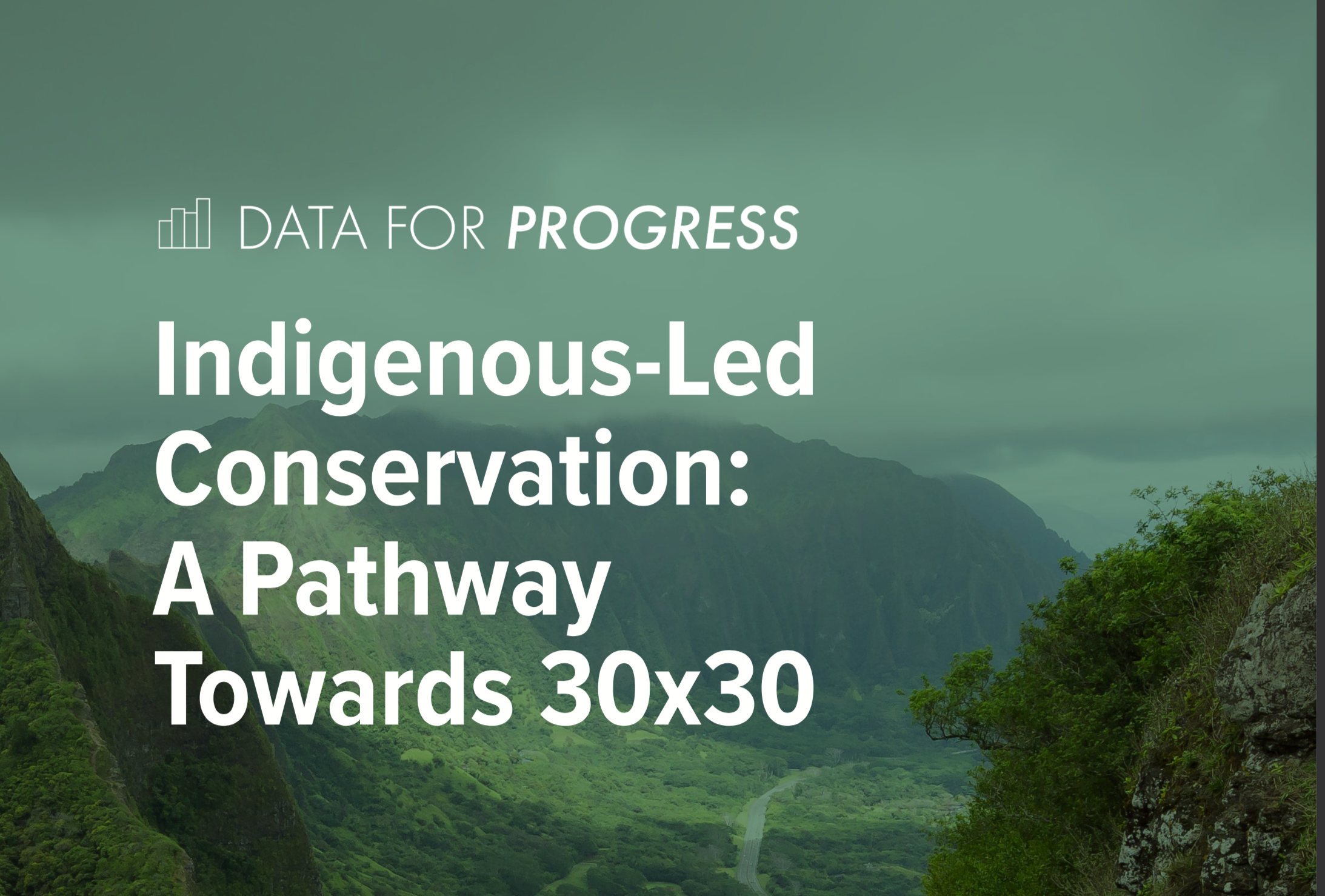Memo: Indigenous-Led Conservation: A Pathway Towards 30x30
By Julia Jeanty
Introduction
Indigenous communities have inhabited the Earth for millennia — their wisdom and culture is as deeply ingrained within the land as the structures they have established there. And yet, for centuries, violent settlers have repeatedly tried to force them from their own lands, or eliminate them entirely. With Westernization and globalization, it has become common practice for remnants of once-abundant Indigenous communities to be discovered beneath schools, shopping malls, and other built environments. Communities who once lived in tandem with nature were forced out and stripped of their identities while their land was plundered and commercialized. Mainstream progressive movements are recognizing the importance of reuniting Indigenous communities with their land. An Indigenous-rights movement is taking shape across the globe and empowering Indigenous communities to provide guidance on effective stewardship of land. Indeed, Indigenous leaders are poised to help the U.S. overcome some of the most pressing climate challenges of the 21st century. By prioritizing Indigenous-Led Conservation (ILC) practices in future climate mitigation efforts, we can ensure we’re fully operationalizing all available resources to meet climate goals attainable in an equitable and sustainable way.
What is ILC? ILC refers to conservation practices that are designed and executed under the management of Indigenous leaders. At present, there are 574 federally recognized Native American Indian tribes and Alaska Native entities in the U.S. The majority of these tribes live on federal Indian reservations, occupying approximately 56.2 million acres of land held in trust by the U.S. government on behalf of Indigenous communities. This land management structure, in which the U.S. government holds jurisdiction over these areas that Indigenous communities are inhabiting, can lead to disagreements over how to best steward these lands. Indigenous communities must consult the government prior to making land management decisions on the reservations, which can reinforce colonialistic power dynamics that have been burdening these communities for years on end.
ILC enables Indigenous people to serve as decision-makers, advisors, and direct stewards of the land. It seeks to restore land tenure rights, improve biodiversity, and acknowledge that Indigenous people are not only stakeholders at the forefront of the climate crisis but also knowledge-holders, possessing centuries-worth of knowledge on best practices for preserving our natural lands.
We will investigate four case studies that illustrate the effectiveness of ILC, both domestically and abroad.







